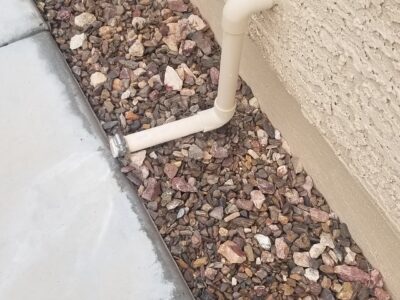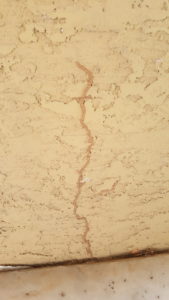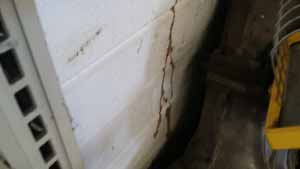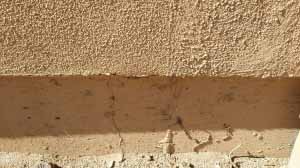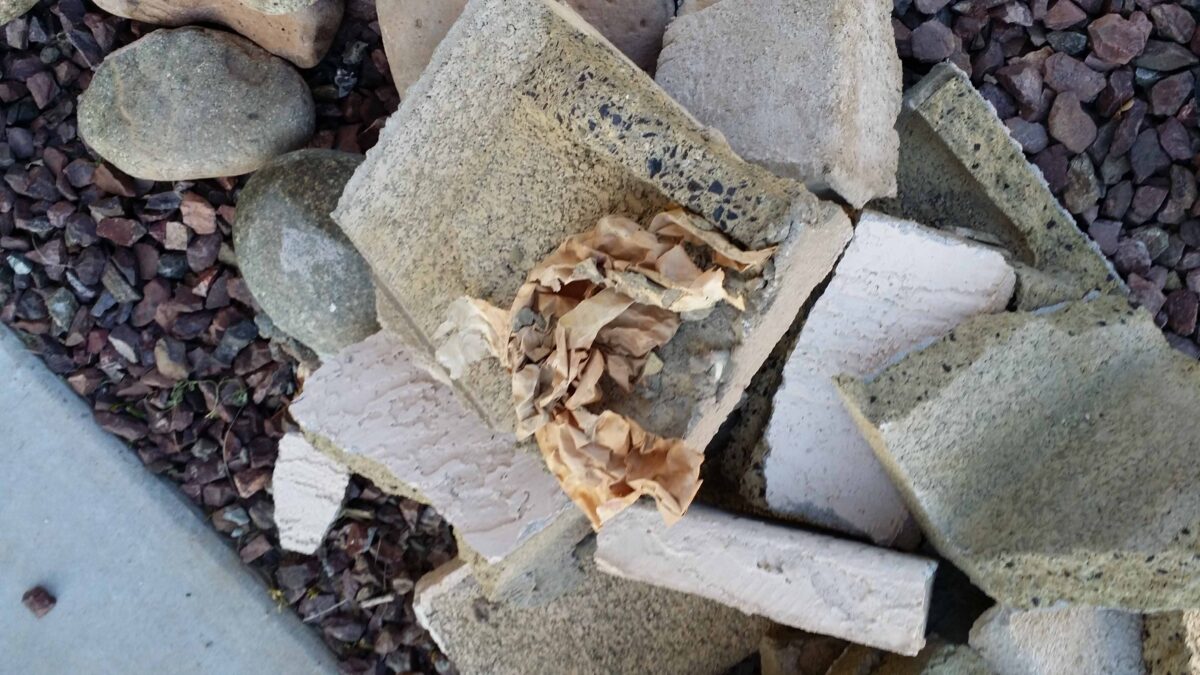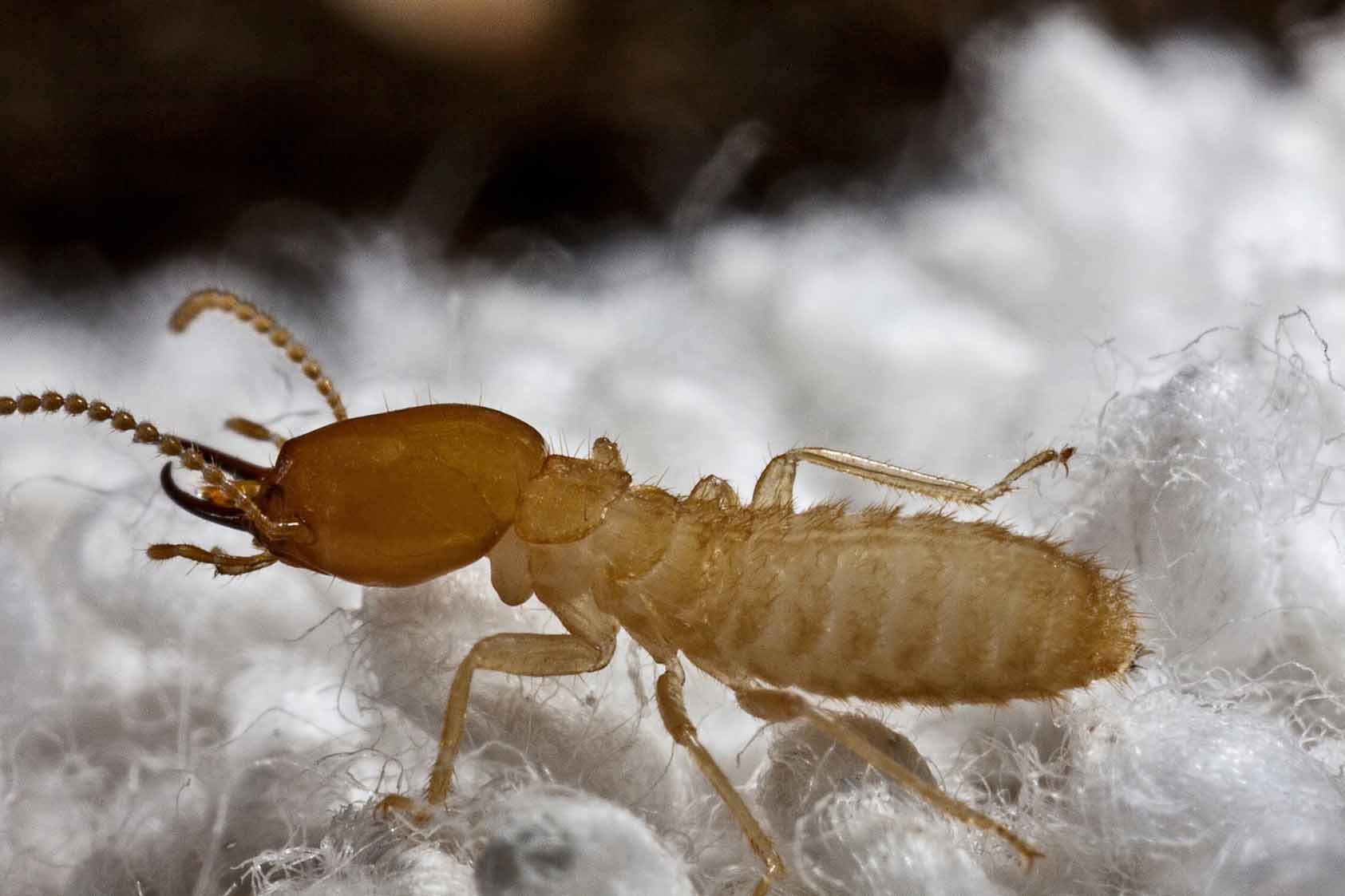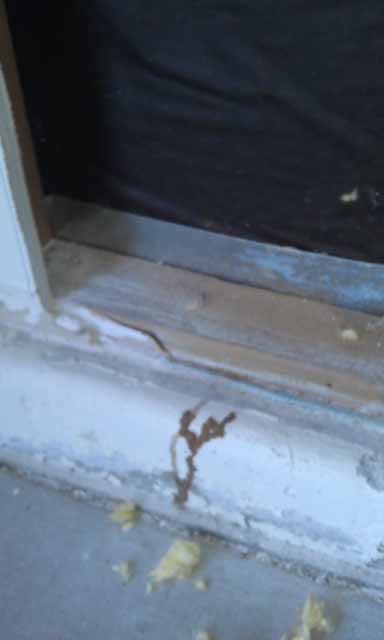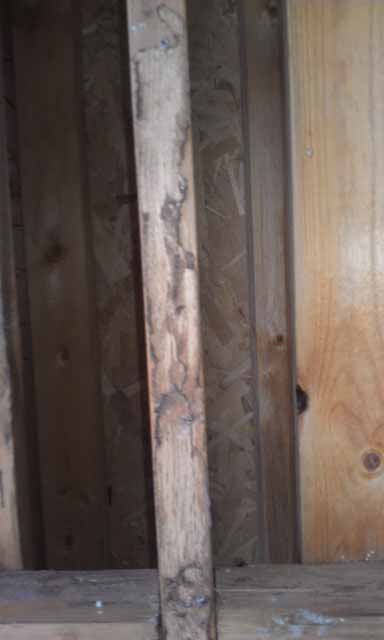Rain run off
You paid to have termite treatment done, how can you protect your investment? All chemical whether pesticides or termiticides ultimately loose the ability to protect. Rain run off and many things can degrade the chemical and today we will discuss them.
- Water or rain – the more you can divert the water the better.
- Animals digging up the soil – stopping the Ground Squirrels and/or rodents will stop the termiticide from moving.
- Plants – should not be planted within the extended area of the eaves of the house. The roots will move chemical and soil and the plants block sunlight from reaching the house walls helping them to stay dry.
- If you dig up the soil next to the house, contact your Pest Company to redo the barrier. If you are placing pavers don’t let touch the stucco you need a little room to see the foundation.
- Planters are nice but not if they block your walls, no access to see the foundation and termite tunnels.
- No wood should touch the soil, including trellises and vines. Blocks the ability to see foundations.




